It’s not the wand, it’s the wizard
Produce a high-quality broadcast with basic equipment
INTRO BY MARLENA SIMMONS
When it comes to school budget priorities, journalism programs are often at the bottom of the list. However, as A.J. Chambers highlighted in his JEA Advisers Institute presentation, “It’s Not the Wand; It’s the Wizard, Harry,” scholastic media programs do not need a huge budget or top-of-the-line equipment to create a quality broadcast.
Chambers, a national board-certified educator, knows a thing or two about quality broadcasting. He has been involved in school broadcast journalism since 2007 and was named the 2021 JEA Broadcast Adviser of the Year. His student journalists have been recognized on the state, regional and national levels. But as Chambers points out in his session, it’s not necessary to have fancy, expensive equipment to get the job done.
“When it comes to quality broadcasting, it’s not about the gear,” Chambers said. “You need to teach students how to tell the story.”
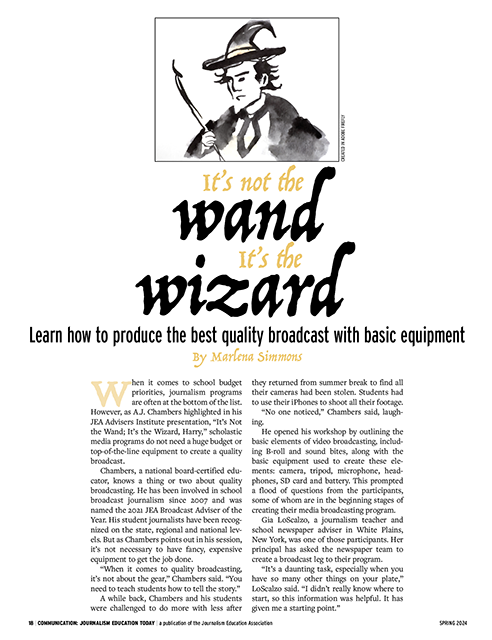
For the full version of this story, check out the spring 2024 issue
of Communication: Journalism Education Today.
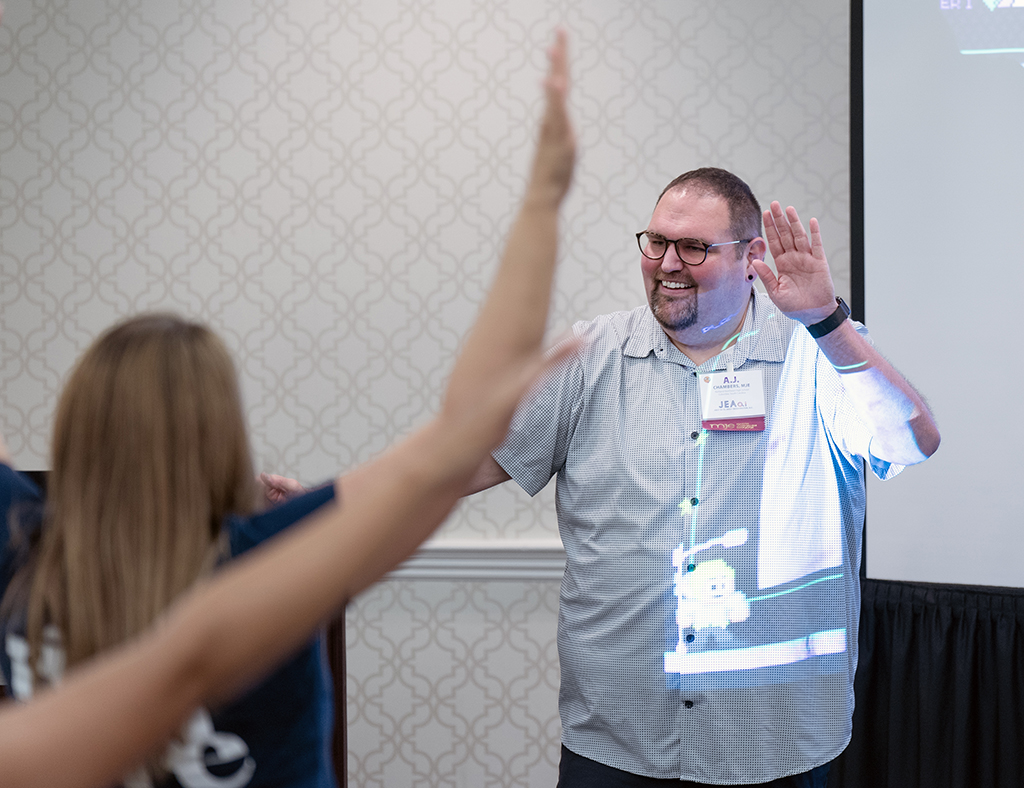
SUGGESTIONS BY A.J. CHAMBERS
The words broadcast journalism or video production typically elicit a distinct reaction from journalism advisers. They either smile with confidence or their eye twitches from immediate stress. As an adviser who proudly identifies as a video nerd, I beam with joy, but I sympathize with the advisers who tremble in fear. Typically, they have questions about equipment and how to use it; however, good videos have little to do with the equipment and more about storytelling. I always say “It’s not the wand. It’s the wizard.” You can hand students a $5,000 camera or a phone. If they know how to shoot good video it doesn’t matter.
To produce a typical broadcast story, you only need some basic pieces of equipment. Here are some suggestions on what you need, why you need it, and some suggestions for different pricepoints. Hopefully these suggestions prevents future eye twitching.
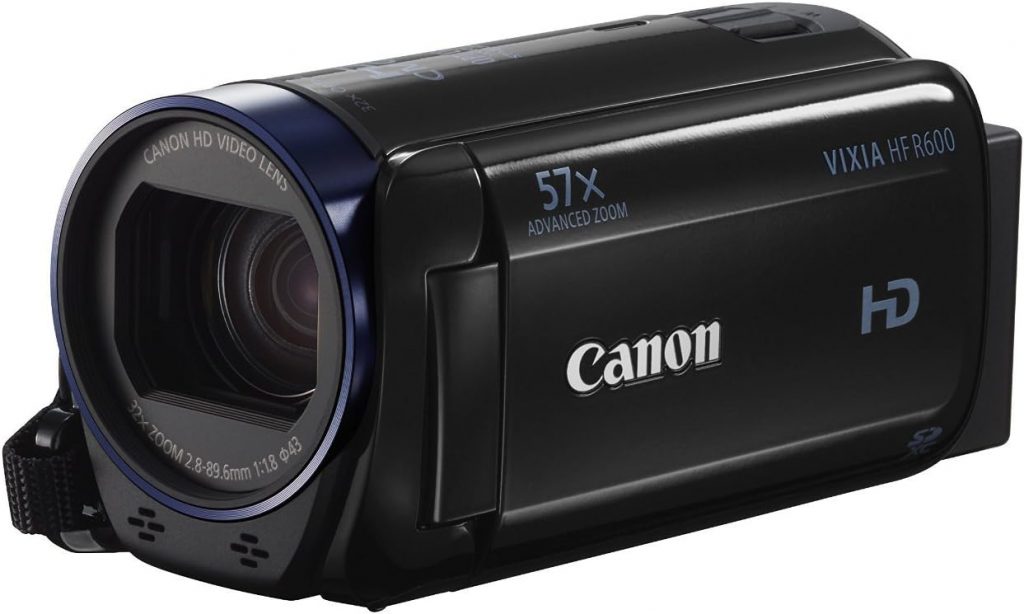
THE CAMERA
“What kind of camera should I buy? How much does it cost?” These are the two questions people ask me. The answer is constantly changing as new technology comes in and out of use. Look for something that is within the budget, has a microphone jack, and has good reviews. Students can produce amazing video using their phones. Remember, It’s not the wand. It’s the wizard.
- Determine what you would like to record. Consider trying to find a camera with an external microphone and headphone jack to be able to monitor sound.
- The phone as a camera.
- Students can record pretty much everything except high-end sporting events using their phone.
- Get an external mic that works with the phone
- Get a tripod mount so students can put their phone on a tripod.
- Suggestions
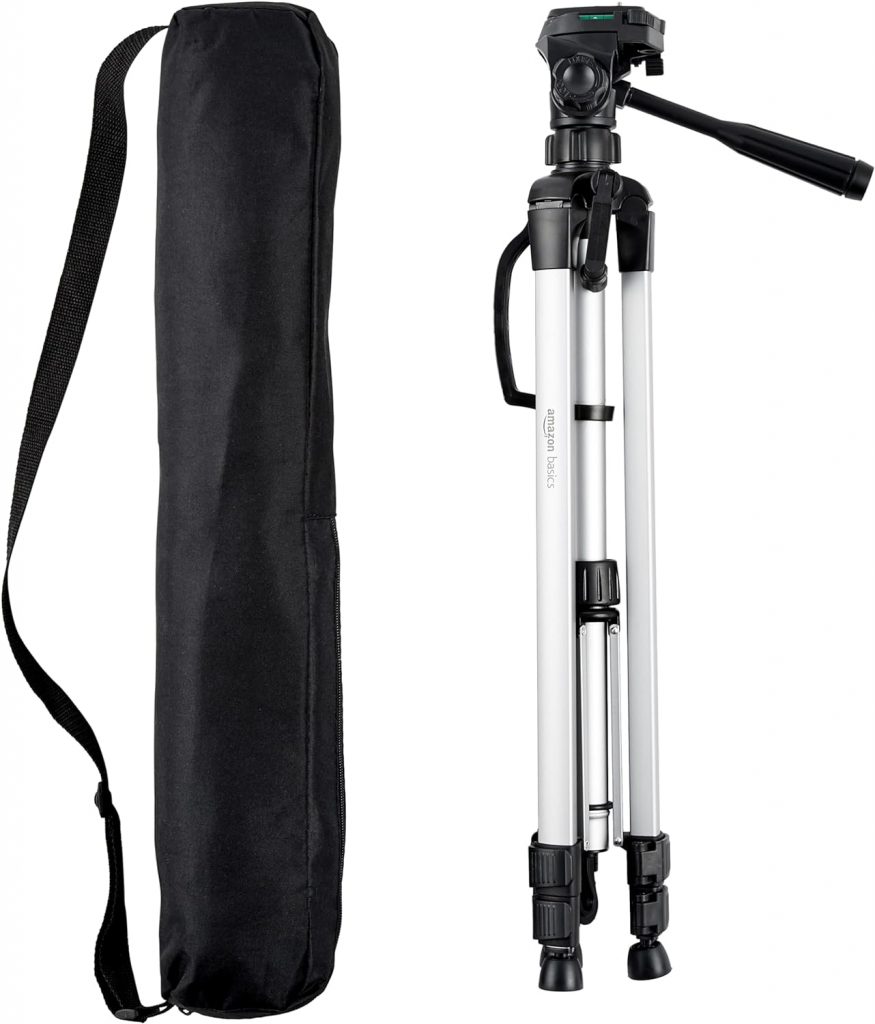
THE TRIPOD
The easiest way to amp up your video production is by using a tripod. A tripod is a three-legged stability device that keeps the camera from shaking. Unless there is an earthquake, the video shouldn’t be shaking. It is distracting to the viewer. A couple things to watch out for when using a tripod is to not just film eye-level and to zoom with your feet and not the camera. Teach students to pick “up the sticks” and still get sequences.
- You get what you pay for when it comes to tripods. I always budget to buy a few each year. They tend to break after about two years of use.
- Buy extra tripod plates or sleds for the tripod.
- Suggestions
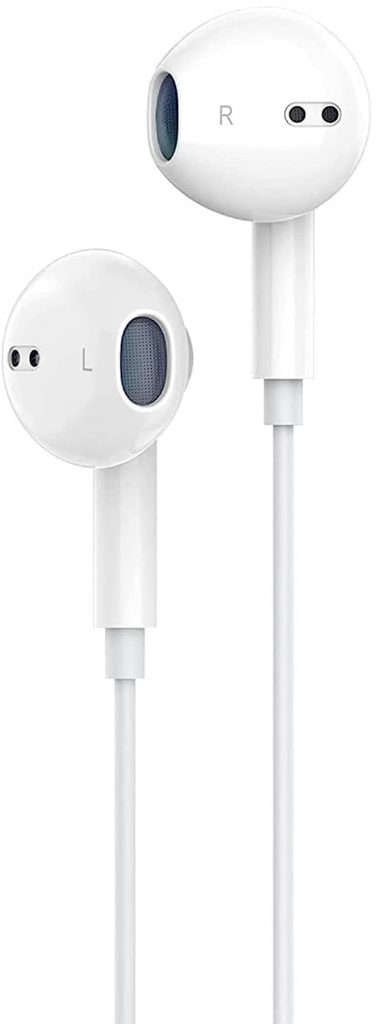
HEADPHONES
The microphone is important. But it’s not as important as the headphones. Headphones allow students to monitor the sound while they record. It will let them know if the mic battery dies or if there is a short in the mic. Not all cameras and phones allow for sound monitoring with headphones, but getting one that has that option is ideal.
- I buy a class set and have them on hand for students to use to monitor sound and to use why editing in class. Headphones are the most important piece of sound equipment.
- You can purchase earbuds from the dollar store, class set in bulk on amazon, or more expensive noise canceling headphones.
- Suggestions
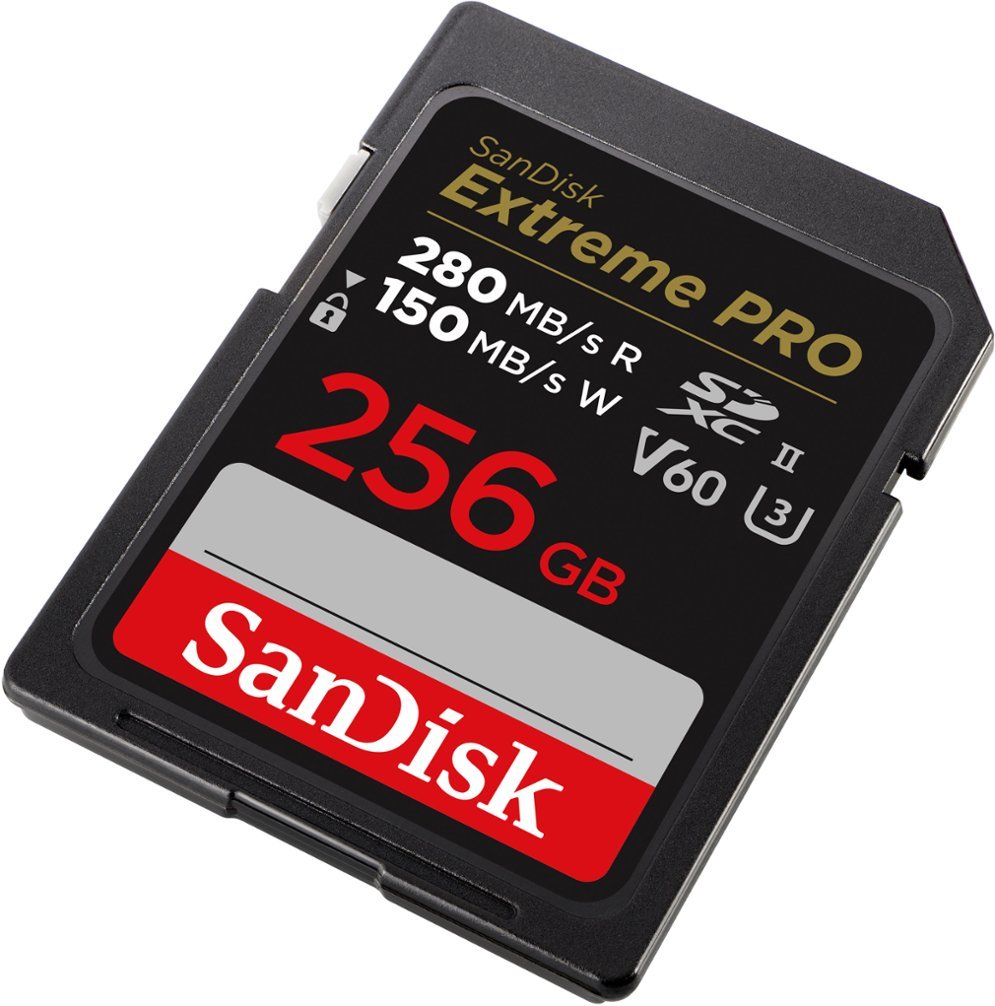
SD CARD
This is pretty straight forward. The SD card is where most conventional cameras save the video files that students can transfer to a computer for editing.
- I am not a fan of micro SD cards. I always suggest about a 32GB with a 10 speed or faster.
- You can find really great deals on amazon and I purchase them in bulk at the beginning of the year.
- Suggestions
MICROPHONE
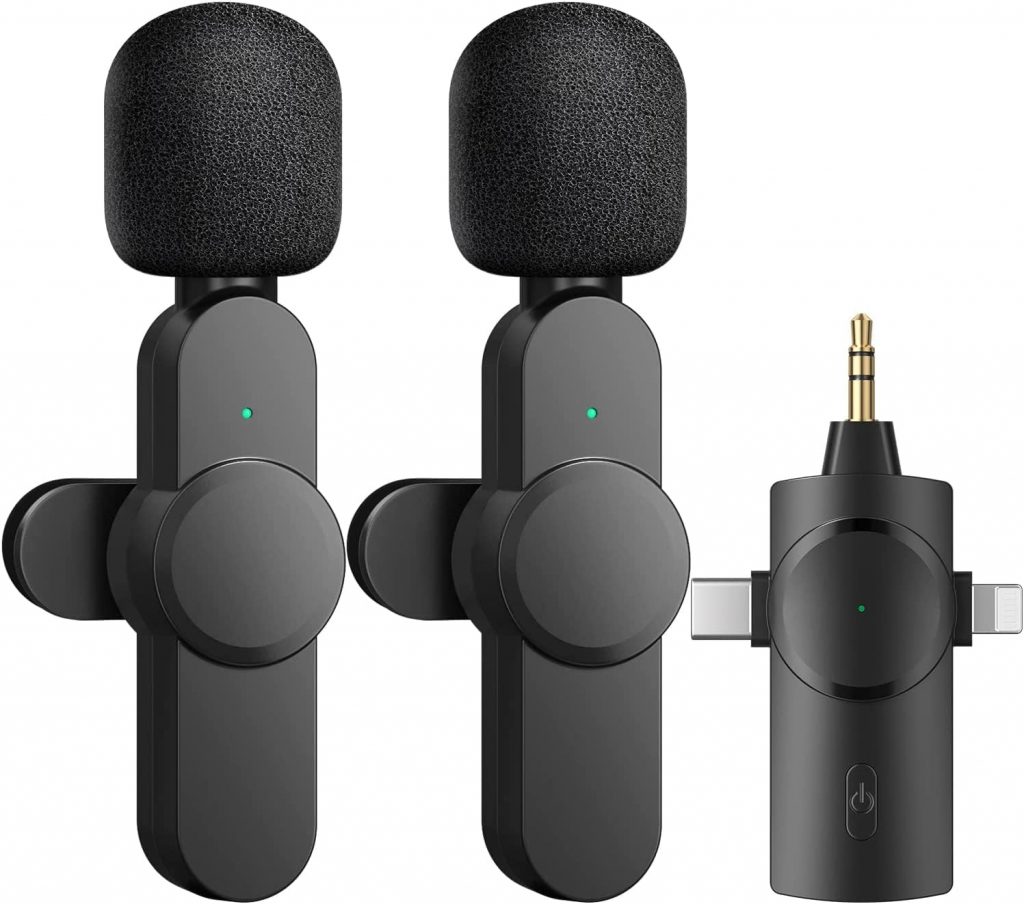
One of the easiest ways (aside from using a tripod) to increase the professionalism of student video is by using an external microphone. Try to avoid shooting interviews and reporters with the camera microphone. There are many options available. They aren’t as complicated as you may think. Most of them are plug an play. Just remember to have back-up batteries and teach students how you want them stored.
- Another situation where you get what you pay for. Determine what goals you have for the mic. Do you want wired or wireless? Is it for a phone or a camera? How much can you spend?
- Suggestions

BATTERIES
- Always buy a few extra batteries for each camera. If using phones, purchase a power bank for students to check out for longer shoots.
Equipment to elevate phone filming:
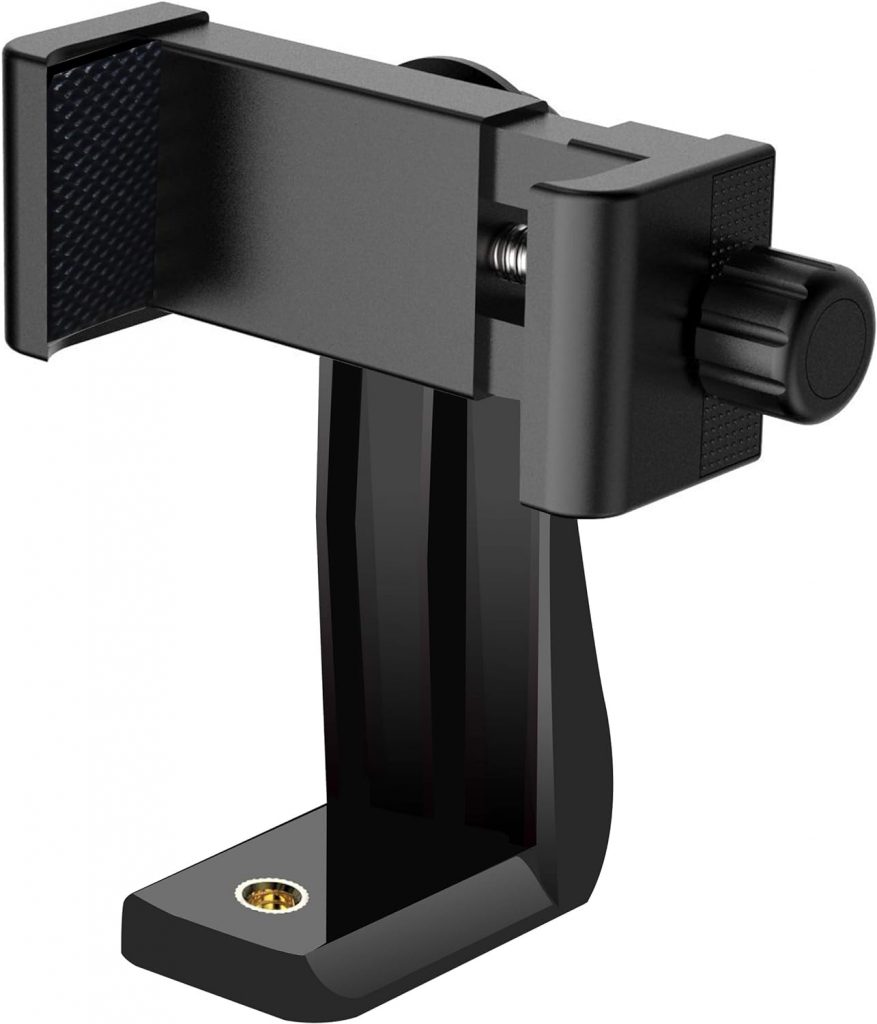
TRIPOD MOUNT
The tripod mount allows students to connect their smartphone to a tripod. There are multiple options.

RING LIGHT
This is a TikToker’s dream! This light gives even lighting for your subject.
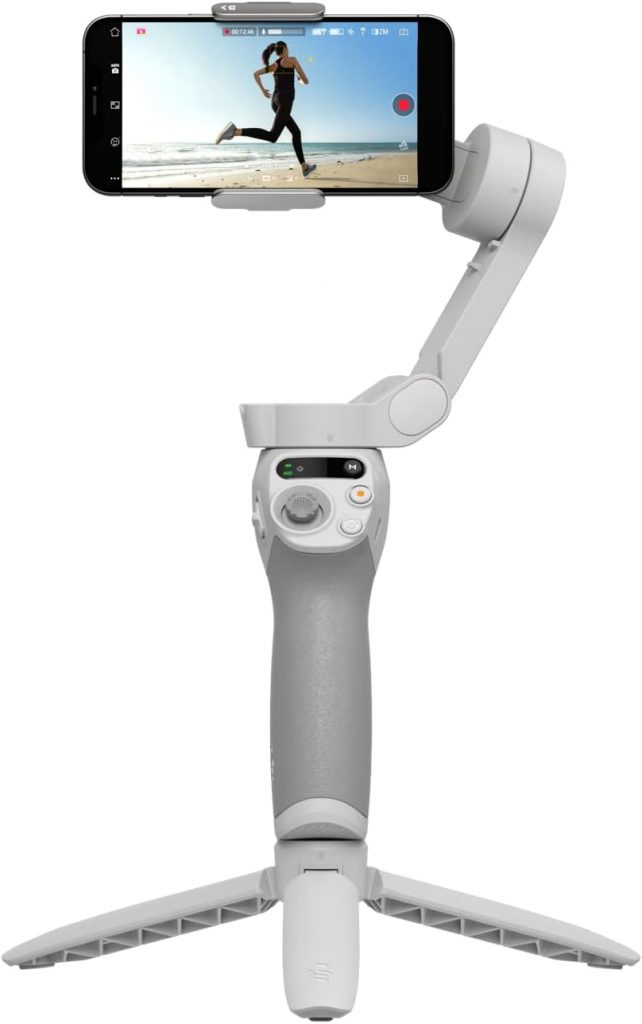
STABILITY DEVICE
This allows the student to go off tripod and still have a stable shot. It is an investment, but provides steady movement.
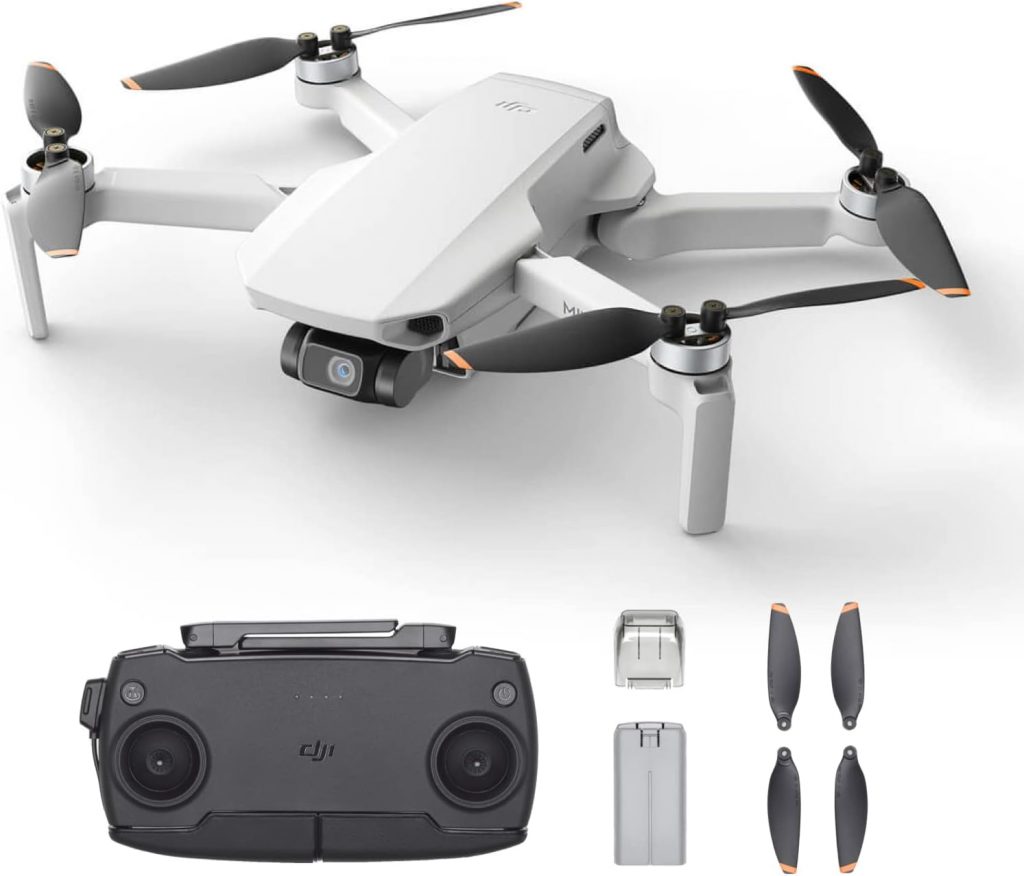
DRONE
This is a wishlist dream item. It allows students to get creative shots to use in video and show intros. Just remember to check your local laws before flying over a group of people.

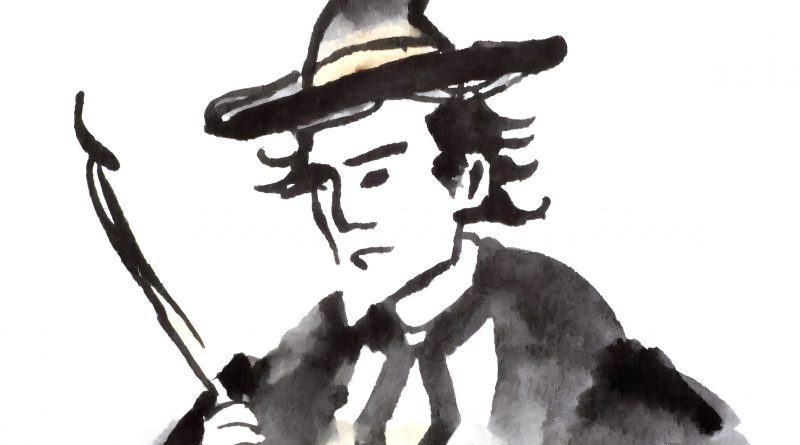

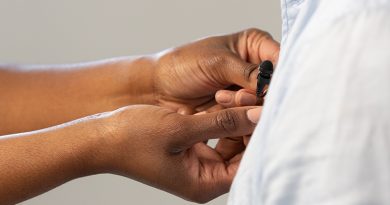
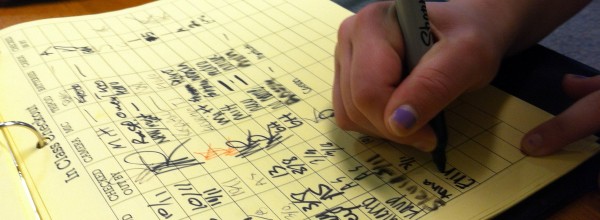

I will be sharing this insightful post with my friends; your contribution is noteworthy. http://www.edmontonfurnacecare.com/edmontons-best-duct-cleaning-company